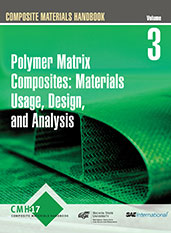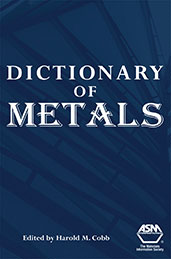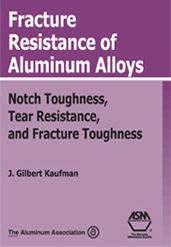Book

Alloying: Understanding the Basics
2001-12-01
This book is a comprehensive guide to the influence of alloy additions on mechanical properties, physical properties, corrosion and chemical behavior, and processing and manufacturing characteristics. The coverage considers “alloying” to include any addition of an element or compound that interacts with a base metal to influence properties. Information addresses the beneficial effects of major alloy additions, inoculants, dopants, grain refiners, and other elements that have been deliberately added to improve performance, as well the detrimental effects of minor elements or residual (tramp) elements included in charge materials or that result from improper melting or refining techniques. The content is presented in a concise, user-friendly format. Numerous figures and tables are provided.



















